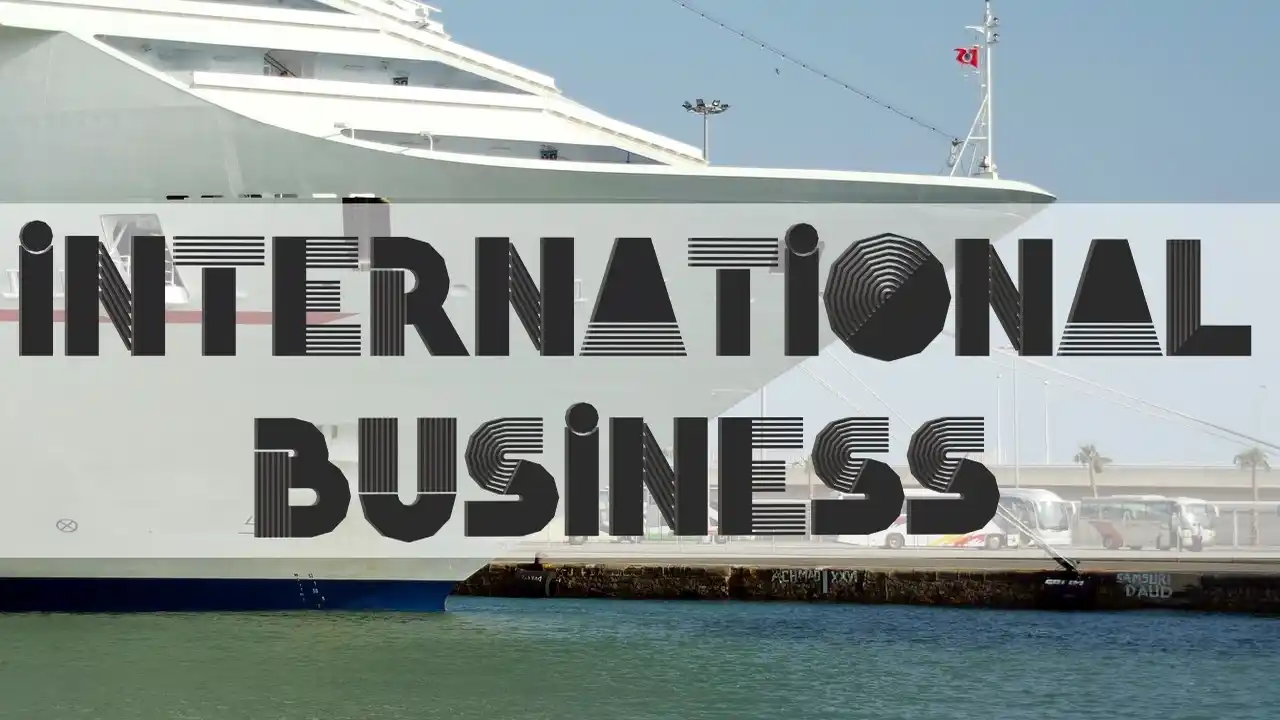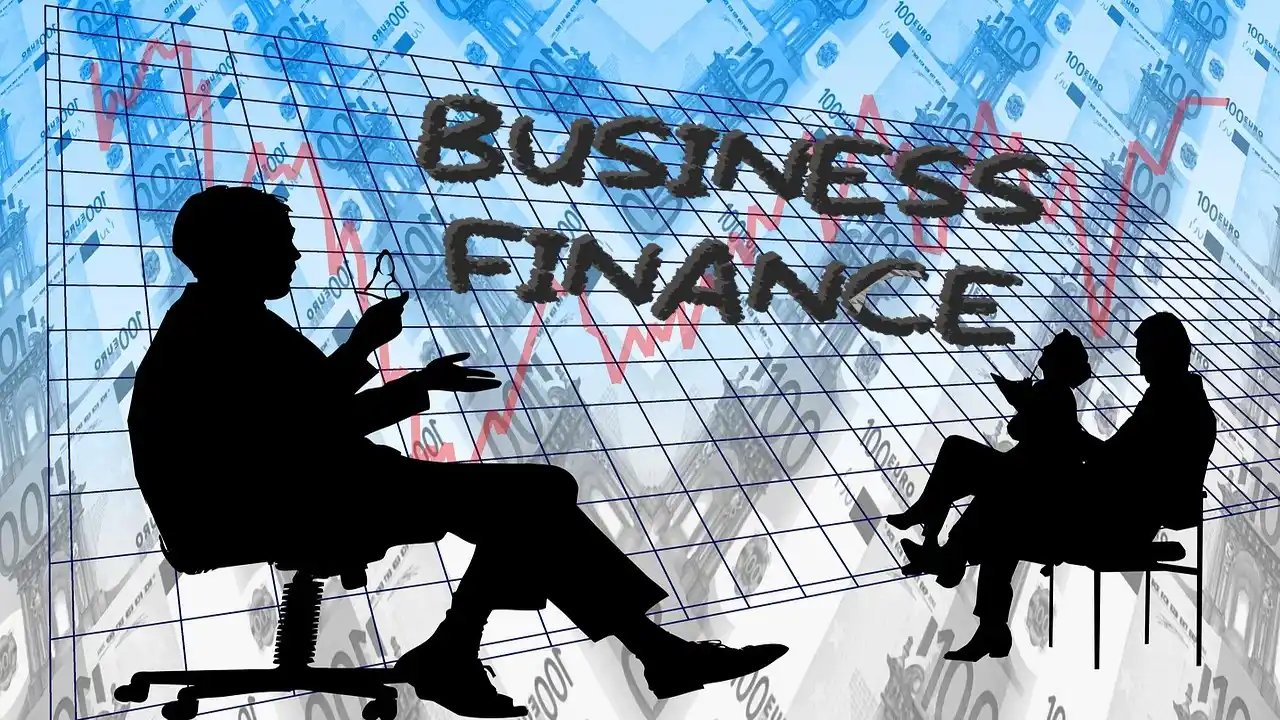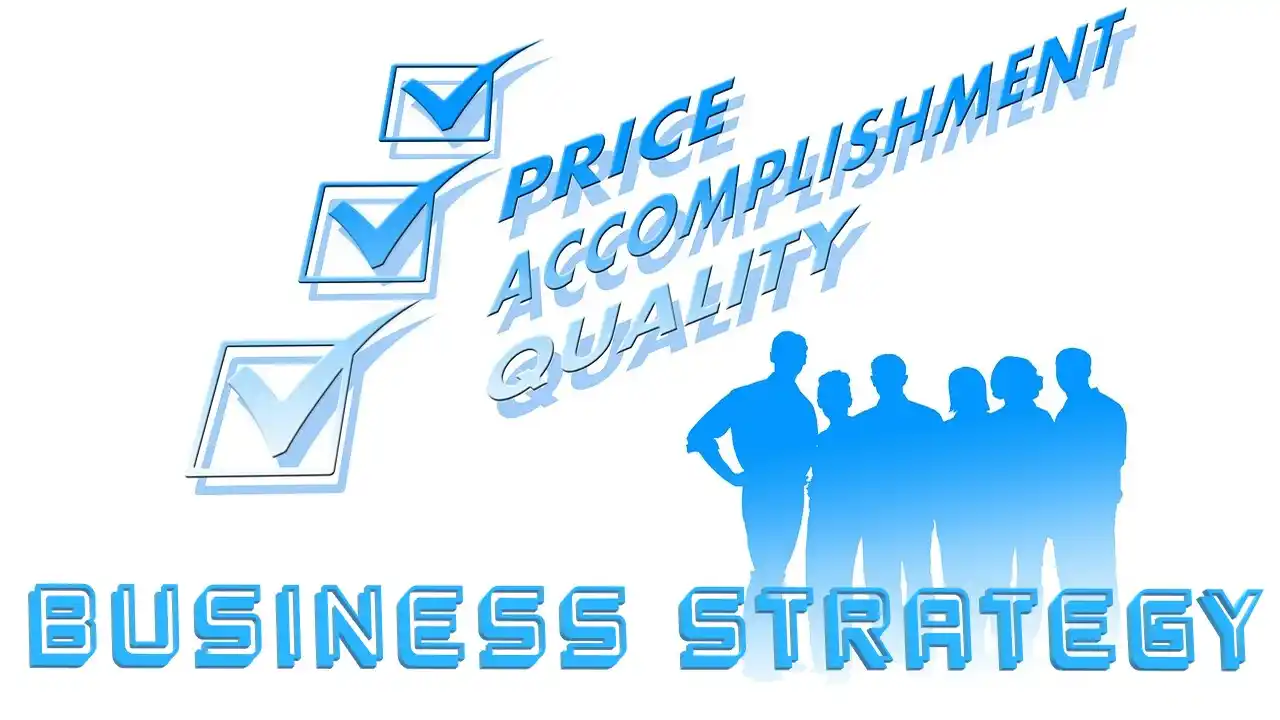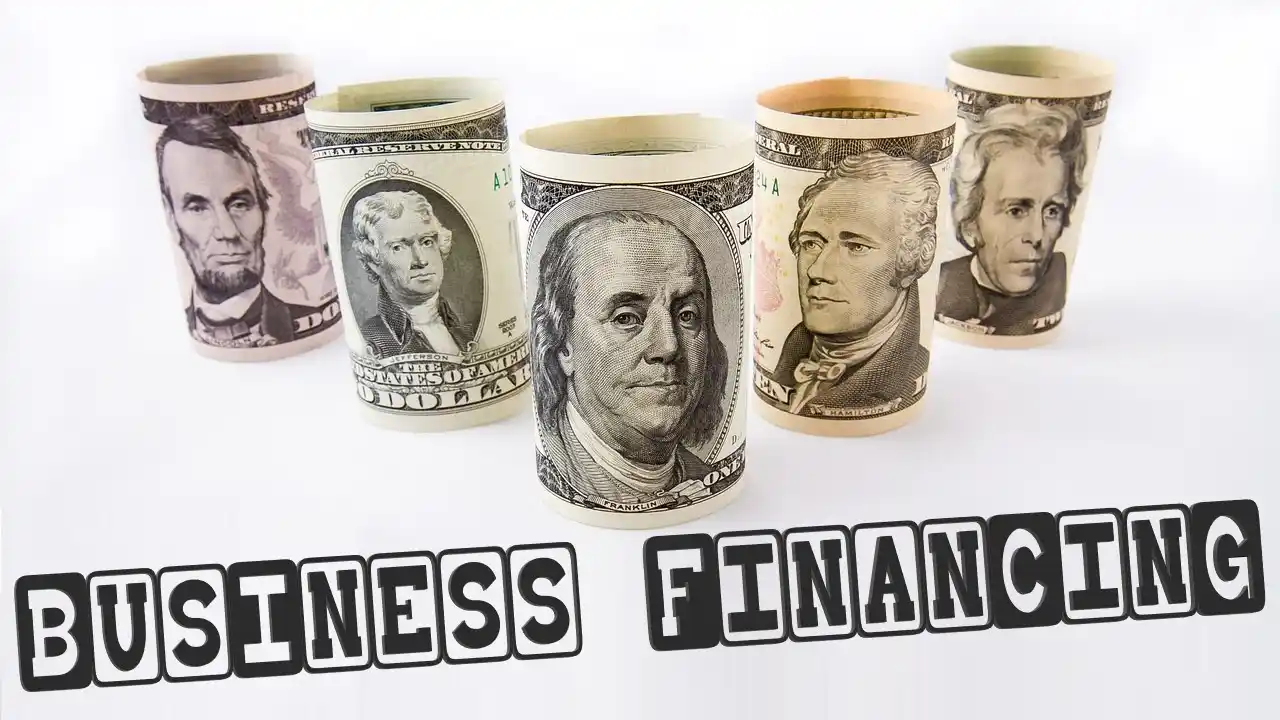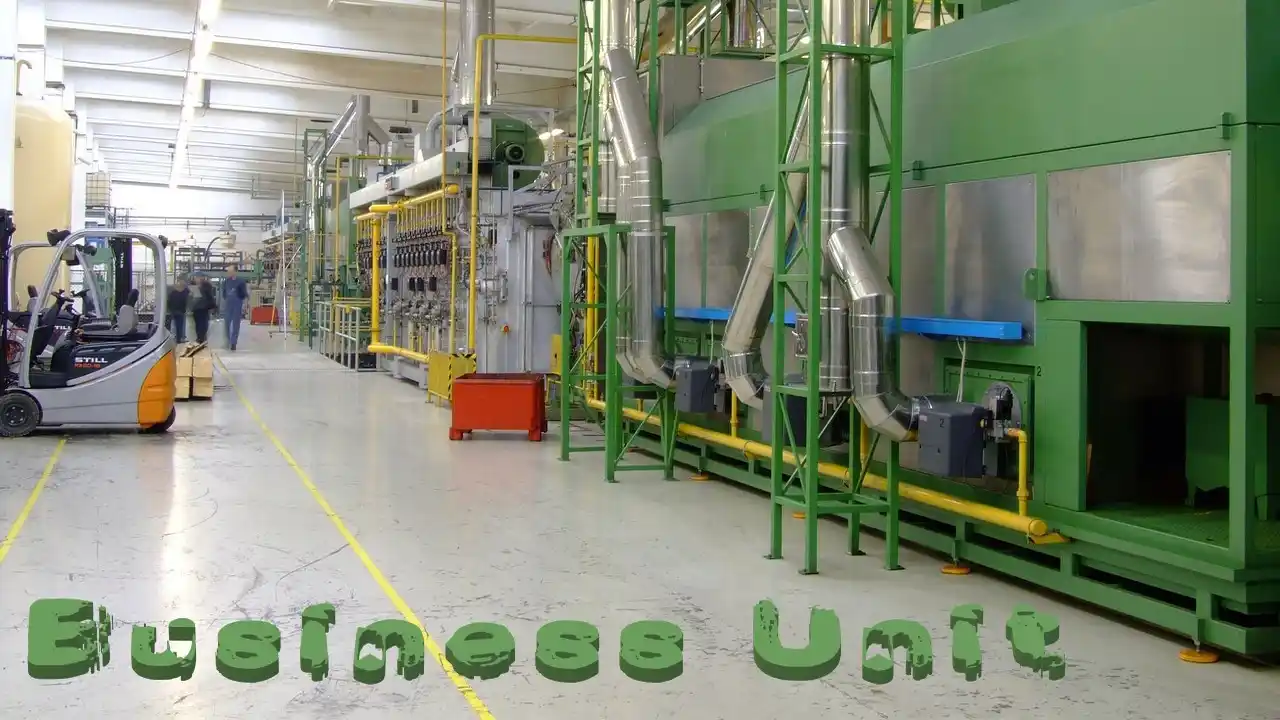There is no direct route to commercial success. Every single one of them experiences periods of economic expansion and contraction. The economy is constantly altering, which has a significant impact on the businesses that operate within it. There are certain characteristics that all of these distinct economic tendencies share. Therefore, let’s discover what economic cycles are and how they function. Continue reading to become an expert on features of business cycle and learn everything you should know about it.
The growth and development of an economy are contingent on how enterprises function. Without them, economic development and advancement are impossible. There are periods when these businesses do well because the economy is thriving and factors such as employment, demand, and investment are favorable. At some point, however, having a business may not generate as much income as it once did, and as a result, the company’s finances may deteriorate. Constant economic change is the most important factor causing business cycles to occur. In this article, we’ll examine the various stages and components of a business cycle to determine how they influence the business as a whole. To understand more clearly about financial sources of business cycle, keep reading.
Top 10 – Features of Business Cycle
Changes in economic policy that aim to affect the business cycle have a limited and transient impact on the economy due to the transient nature of economic development and contraction. In recent decades, economic booms have grown prolonged and recessions have shrunk in duration. This could be the result of an improved plan to maintain economic stability, or it could simply be good fortune.
In a world where trade and finance are becoming more intertwined, it has become increasingly vital for shocks in one economy, typically the United States, to extend to other nations.This is something that has grown in significance over time. The features of business cycle will cover in-depth in this article, along with some examples for your convenience.
Synchronous
The Business Cycle has an integrated structure, which is an additional feature that stands out. The characteristics of a business cycle are not limited to the operations of a single company or industry. They are prevalent and originate from nations with few regulations.
Almost certainly, if something goes wrong or business picks up in one industry, it will impact the other industries as well. Different types of enterprises are interconnected, so the actions of one can affect the actions of another.
Impact Across Industries
A business cycle will have negative effects on the entire industry, but particularly on the most vital segments. There is a possibility that some industries, such as consumer goods and capital goods, will affect more severely than others.
Consequently, cyclical adjustments will have the greatest impact on investments, durable consumer goods, and capital goods. In general, this is not a problem with perishable objects. One of the distinguishing features of the business cycle is the presence of both short-term and long-term fluctuations in economic activity
Profitability Variation
Profits fluctuate more than any other source of capital, which is a crucial aspect of the Business Cycle. Due to this, many individuals believe that functioning in business is arduous and dangerous.
It is difficult to predict how the business will perform in the future. During economic downturns, money can even be harmful. This is the principal reason why so many enterprises fail.
Depression and Contraction
As was previously stated, a period of growth or prosperity is typically followed by a period of decline or stagnation. During a recession, both the Gross National Product (GNP) and the number of persons with jobs decline.
Due to this, the number of individuals who must work but do not wish to is frighteningly high. Additionally, investments decline, causing individuals to purchase even less goods and services.
Business Cycle Phases
Normal business cycles consist of two phases: the expansion phase, also known as the upswing or apex, and the contraction phase, also known as the trough. The expansion phase, also known as the upswing, is characterized by GNP growth that is significantly quicker than the long-term trend growth rate.
When the Gross Domestic Product reaches its maximum level, the business cycle will continue to decline. Throughout this period, the Gross National Product (GNP) decreases. This is the features of business cycle.
International in Nature
Trends in commerce are contagious. They are not required to operate within the borders of a particular country or in a particular industry. Once they establish a foothold in one nation, they will rapidly proliferate to other nations and markets through existing trade and business practices.
In the actual world, the Great Depression in the United States had a negative impact on the global economy in the years that followed. This means that in a globalized economy like ours, the effects of a trade cycle can feel globally.
Cumulative and Self-reinforcing Process
The process of ascending and descending is cumulative. Once the movement rises, it will continue to rise because it draws on itself to create additional movement in the same direction. This momentum will continue until sufficient forces change the direction and initiate the voyage downward.
When a downward movement begins, it continues in the same direction for an extended period of time. This results in the worst despondency and longest periods of stagnation until it is saved and begins to rise again.
Occurs on a Regular Basis
Throughout its existence, a Business Cycle progresses through its numerous stages at various periods. Nevertheless, there will be instances when these times change based on the local economy. If necessary, this period could last up to ten years. The rate of progression will also depend on the condition of the economy.
For example, the business will experience rapid expansion followed by a brief period of difficulty. One of the key features of the business cycle is the presence of booms and busts in economic growth.
Major Industries are Affected
Not only has the production level changed, but also employment, consumption, investment, the interest rate, and the price level. There are numerous potential causes for these alterations.
Periodic adjustments, for instance, impact the long-term investment and use of durable consumer goods such as houses and automobiles. If the consumption process delay for an extend period of time, the phases of the Business Cycle will change significantly.
Characteristics of the Business Cycle
In the commercial world, there is no such thing as a straight road. Ever. All of them undergo cycles of expansion and contraction. The current state of the economy is extremely unstable, and this has a significant impact on how businesses operate. There are some characteristics that all of these distinct Business Cycles share. Now, let’s examine some features of business cycle.
FAQ
Is the Characteristic of the Trade Cycle’s Lowest Point?
When the number of jobs and housing starts begins to decrease, we can say that the economy has entered a contractionary phase. At a decline, the lowest point of the business cycle, unemployment rises, it becomes more difficult to obtain loans, and prices fall. Since expenses have decreased.
What is the Significance of the Economic Cycle?
When business leaders are aware of business trends, they can make better decisions. If they maintain their finger on the economy’s pulse and pay attention to current economic forecasts, they can anticipate economic contractions and capitalize on expansions.
What are the Major Characteristics of a Business Cycle?
Every business cycle consists of two distinct periods. The first is when the economy continues to expand, and the second is when the economy continues to contract. The phases of a business cycle are the growth phase, the apex phase, the contraction phase, and the trough phase.
Final Words
Conclusion. In the context of a business cycle, “expansion” refers to the distance between the trough of one cycle and the apex of the next. Recessions last as long as there is a void between the preceding cycle’s peak and the next cycle’s peak. Read on to discover everything there is to know about features of business cycle and to become a subject matter expert on it.


